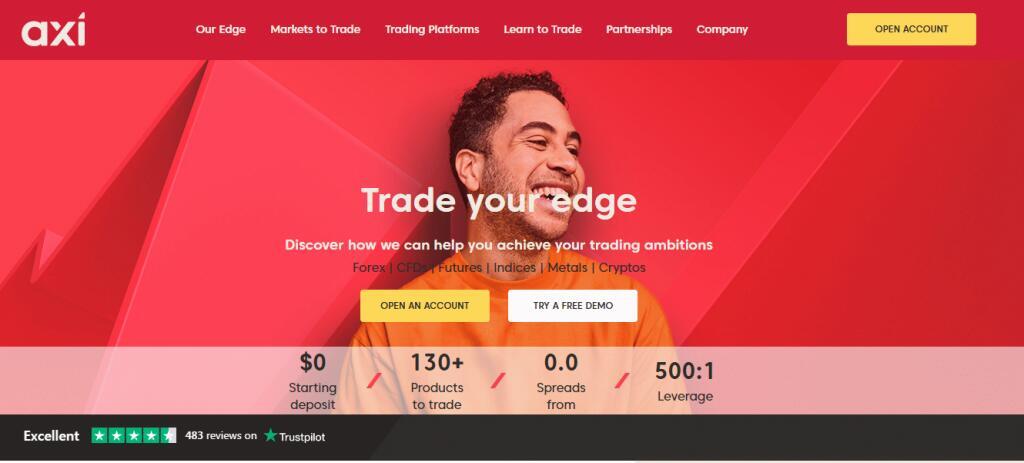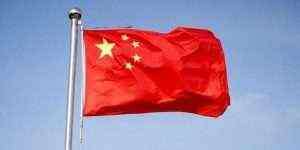
For example, if the bond’s face value is $1,000 and the semiannual interest rate is 3 percent, the semiannual payment rate is $30. Now that we know the bond yield definition, let’s take a look at some examples to understand how to calculate bond yields. The price for a bond or a note may be the face value (also called par value) or may be more or less than the face value.
If an investor knows that the semi-annual YTM was 5.979%, they could use the previous formula to find the EAY of 12.32%. Because the extra https://online-accounting.net/ compounding period is included, the EAY will be higher than the BEY. This means that as the price of a bond goes up, its yield goes down.
What Happens If the Yield to Maturity Is Greater Than the Coupon Rate?
Calculations apply a single discount rate to future payments, creating a present value that will be about equivalent to the bond’s price. A bond’s yield can be expressed as the effective rate of return based on the actual market value of the bond. At face value, when the bond is first issued, the coupon rate and the yield are usually exactly the same. The less volatile the market condition, the lower the bond yields. Below is a comparison of the amount of interest expense reported under the effective interest rate method and the straight-line method.
As a rule of thumb, if a coupon rate is higher than the prevailing market interest rate, the bond’s price rises; if the coupon is lower, the bond’s price falls. Besides the prevailing interest rates, other factors that affect a bond’s price are yield and the bond’s rating. A bond’s coupon rate denotes the amount of annual interest paid by the bond’s issuer to the bondholder. Set when a bond is issued, coupon interest rates are determined as a percentage of the bond’s par value, also known as the “face value.” A $1,000 bond has a face value of $1,000. If its coupon rate is 1%, that means it pays $10 (1% of $1,000) a year.
Are Bonds Valued the Same As Stocks?
That’s because bond values don’t change the same way stock prices do. They offer investors a reliable stream of income and provide bondholders with a fixed capitalization dictionary definition form of income. If a bond has a face value of $1,000 and made interest or coupon payments of $100 per year, then its coupon rate is 10% or $100 ÷ $1,000.
Form N-1A/A Capital Group Core Balan – StreetInsider.com
Form N-1A/A Capital Group Core Balan.
Posted: Thu, 17 Aug 2023 16:59:48 GMT [source]
The coupon rate is the yearly amount of interest that will be paid based on the face or par value of the security. Some bonds may be recorded to pay interest more than once per year. There are also specific dates tied to whom dividends are issued to (i.e. holders on the date of record). Investment-quality bonds are low-risk investments that generally offer a rate of return slightly higher than a standard savings account.
Yield to Maturity (YTM)
Keep reading for tips from our business reviewer on the difference between a bond’s coupon and its yield. Conversely, a bond with a coupon rate that’s higher than the market rate of interest tends to rise in price. If the general interest rate is 3% but the coupon is 5%, investors rush to purchase the bond, in order to snag a higher investment return.
- A bond’s yield can be expressed as the effective rate of return based on the actual market value of the bond.
- Today, the vast majority of investors and issuers alike prefer to keep electronic records on bond ownership.
- Both stocks and bonds are generally valued using discounted cash flow analysis—which takes the net present value of future cash flows that are owed by a security.
- Bond prices fall as interest rates rise because investors become disenchanted with the lower interest paid by older bonds.
- However, if the inflation rate is so negative that it would pull the combined rate below zero, we don’t let that happen.
- In this way, the time until maturity, the bond’s coupon rate, current price, and the difference between price and face value all are considered.
Duration instead measures a bond’s price sensitivity to a 1% change in interest rates. Longer-term bonds will also have a larger number of future cash flows to discount, and so a change to the discount rate will have a greater impact on the NPV of longer-maturity bonds as well. A bond that pays a fixed coupon will see its price vary inversely with interest rates.
What Is a Bond Coupon, and How Is It Calculated?
Both stocks and bonds are generally valued using discounted cash flow analysis—which takes the net present value of future cash flows that are owed by a security. Unlike stocks, bonds are composed of an interest (coupon) component and a principal component that is returned when the bond matures. Bond valuation takes the present value of each component and adds them together. Bond yield is the amount of return an investor will realize on a bond.
- The coupon rate is the stated periodic interest payment due to the bondholder at specified times.
- Bond ratings use letters and range from “AAA” (the highest grade) to “D” (the lowest).
- The expected value of both the cumulative interest payments, as well as the final principal payment, help determine whether a bond is a solid investment.
- The five coupon payments plus the $1,000 maturity value are the bond’s six cash flows.
- U.S. Treasury notes and municipal bonds are other examples of bonds that accrue interest on a semi-annual basis.
In reality, bondholders are as concerned with a bond’s yield to maturity, especially on non-callable bonds such as U.S. Treasuries, as they are with current yield because bonds with shorter maturities tend to have smaller discounts or premiums. Say that a $1,000 face value bond has a coupon interest rate of 5%. No matter what happens to the bond’s price, the bondholder receives $50 that year from the issuer.
The interesting aspect of TIPS, that differs from bonds and notes, is that the principal goes up and down with inflation and deflation. While the interest rate is fixed, the amount of interest you get every six months may vary due to any change in the principal. The “yield to maturity” is the annual rate of return on the security.

The Fool has a helpful section that will let you compare various brokers’ offerings, and find one that’s right for you. The aggregate interest earned to date on an FRN accumulates every day. If you still own the bond after 20 years or the note after seven years, you get back the face value of the security.